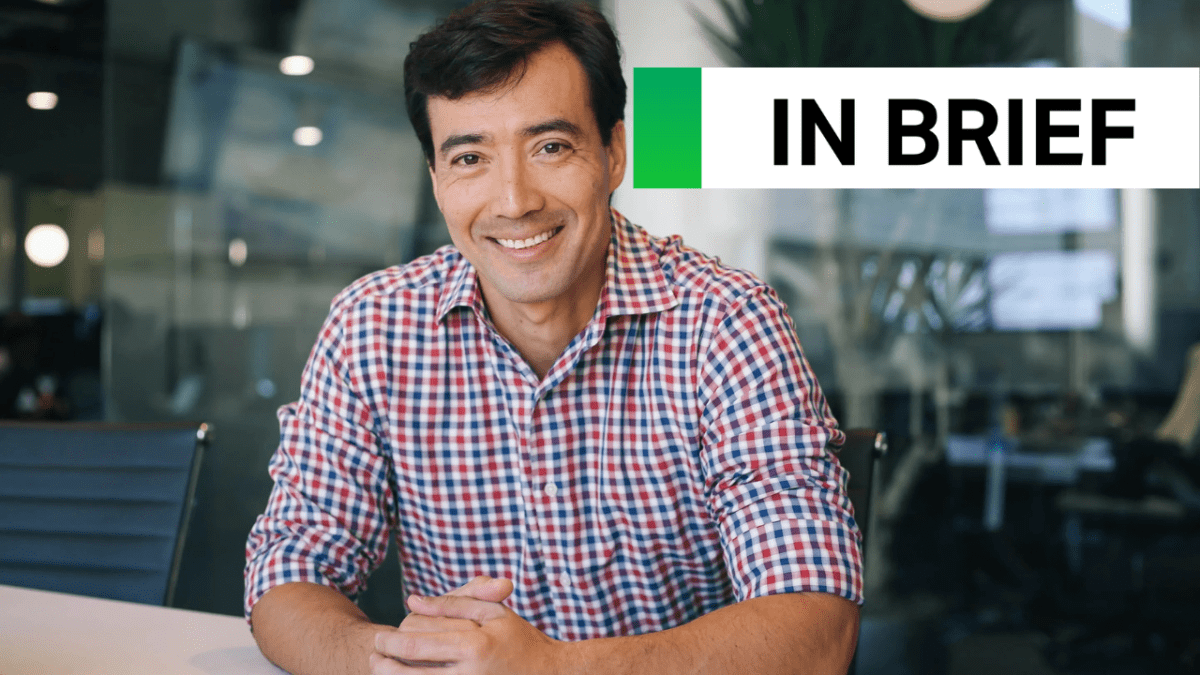Astor’s 'community' approach to financial advice aims to help women feel more confident about investing | TechCrunch
Among her friends, Lindsay Dorf is the one with the superpower of being able to understand retail investing. So much so that she became the go-to person for advice.
“I had a lot of friends come to me asking for investing advice,” Dorf told TechCrunch. “There were two things I really saw: One, the people around me, they were brilliant, but didn’t have confidence in investing. The other was that there was so much that we’d figured out on the institutional side, from my time at BlackRock, that just hadn’t made it to the retail investor sector.”
She started thinking about creating her own tool that she could put in front of her friends to help them grow confidence in investing, particularly her women friends. That’s how Astor, a free personal finance platform for women that merges community and investing in an approachable way, came to be. It’s through the community that women can feel more comfortable asking if they are making the right decisions, Dorf said.
After a user downloads Astor, they input all of their bank and brokerage information into the app to understand the user’s current financial situation. Users will be able to see the network of funds available, for example, an emergency fund, savings goals, retirement investment accounts and personal investment accounts.
It’s similar to what the former financial planning app Mint would do to give a picture of someone’s net worth, Dorf said. That said, Astor is not a brokerage, and users can’t trade on the platform today.
Astor also provides investing breakdowns to show annual returns and the user’s investment strategy versus the market, like the S&P 500. Holdings are broken down by performance, asset class and returns.
There’s also a gamified feature called Path to Wealth that takes a user’s money strategy and uses insights as sort of a “Game of Life” to simplify the financial journey, like starting an emergency fund, and once that is ready, what new savings goals are attainable and approachable.
“We help you on this journey to figure out what’s your current state and what you’re ready for,” Dorf said.
Here’s where the community aspect comes in: With investments, users can compare their returns and portfolio breakdowns to other users. To value privacy, users only see the percent allocations, but never the invested dollar amounts, Dorf said.
“You can see your own risk and return for investments, then look at my profile and see my risk and return,” she said. “For example your risk could be higher, but your return is lower compared to my investments. You can then go into the app and start a conversation about why that is. To learn from them why they created the strategy they did, which empowers users.”
Why focus on women? Astor’s research found that women are three times more likely to be confident investing when they know what people similar to them are doing with their money. However, they aren’t finding it in some of the other social investing platforms, for example, eToro, where most of the users are male, Dorf said.
Women-focused fintech is quite a crowded space already, with companies like Frich, Alinea, Ellevest, Your Juno and Clever Girl Finance, which Dorf considers competitors.
However, Dorf said Astor is different in a few ways. One, many of the apps are more in the classic financial aggregation space, think budgeting, where Astor’s big focus is on investments. Another is that community functionality and helping people be more confident in the strategy they choose and to learn from people in the community, who are similar to you or have similar goals, about what’s best in the short and long terms.
“It’s a lot less about Astor giving advice, and a lot more about you joining the platform, figuring out your situation and then using your community to make the decision that you want to make,” Dorf said.
In addition, Dorf’s background gives her an edge. Her first job out of college 10 years ago was part of BlackRock’s fintech platform called Aladdin, building products for portfolio managers. She continued her top-notch career education at Google, where she learned how to build tools for consumers and iterate on those tools with users.
When Dorf was ready to start building Astor in 2021, she applied to the two-year MS/MBA program at Harvard, which is a joint program between the schools of engineering and business. She called it “a bit like an incubator: You do the engineering piece of actually building a product, and the business piece of bringing it to market.”
While at Harvard, Dorf entered and won some business plan competitions. That initial funding from NFX and MBA Fund enabled Astor to hire an engineering team and start building in the second part of the second year in the program.
In March, the company closed on a total of $1.4 million from Stellation Capital, TMV, NFX, MBA Fund and a group of angel investors. This enabled the company to hire additional engineering, design and marketing employees so that it could open its waitlist in April and bring over 2,000 users onto the platform by the end of May.
Earlier this month, the company took away the waitlist and now has over 3,000 users. The audience is mostly women, ages 20 to 35 years old. Hundreds of conversations are started on the platform each week, so Astor just brought on certified financial planners to offer coaching to users.
Dorf declined to share more about how the company makes money at this time, saying, “Right now, we’re learning from our audience, and will be introducing new features and offerings in the upcoming months.”
From here, much of the company’s focus will be on product development, building the user base and the community.
“We want our audience to see financial health as part of your overall health,” Dorf said. “When you’re stressed about your money, it’s a massive source of anxiety for you. Over the next few months, we’re creating that pillar of financial wellness and new features users are asking for.”






